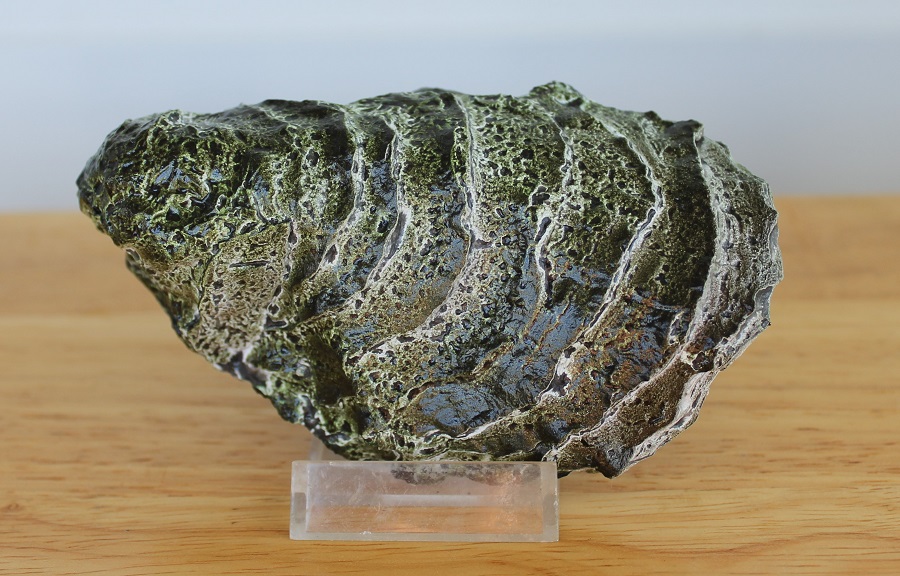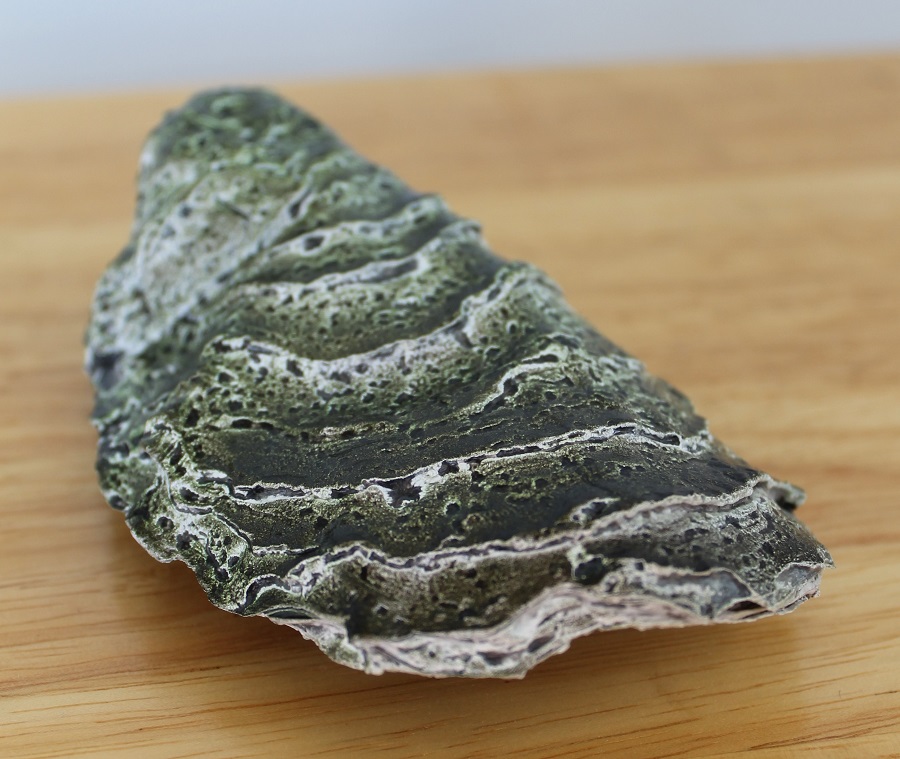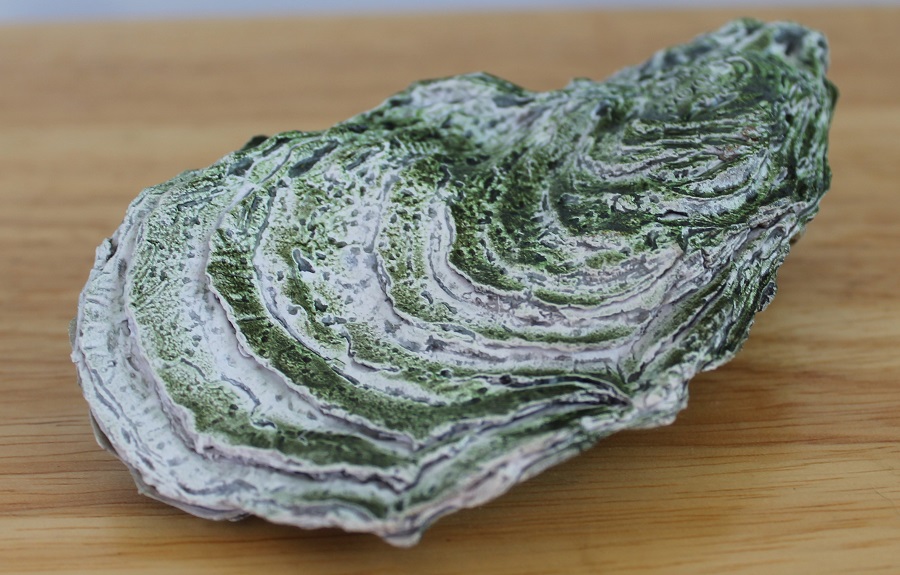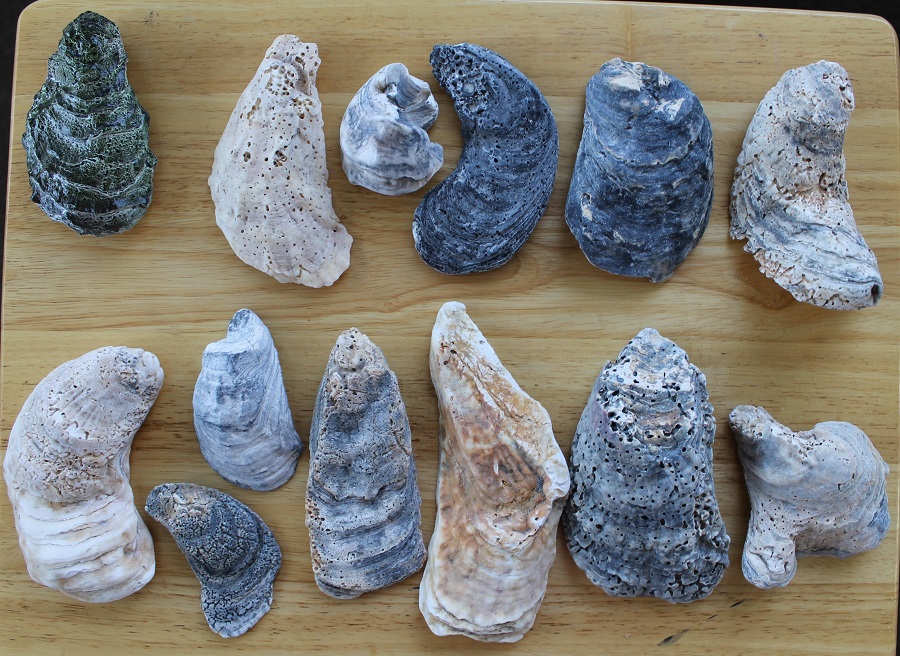I’ve always had a fascination for my local wildlife and since moving to the U.S. state of Maryland I’ve taken a special interest in the local fauna here, including the unassuming but economically and ecologically important oyster. Although the Chesapeake Bay is most well known for its blue crabs (which I’ve covered before), the eastern oyster (Crassostrea virginica) is a significant local animal as well. Vast and extensive oyster reefs used to cover the Chesapeake Bay, providing homes for a diverse range of wildlife while also filtering the Bay’s water, removing algae and excess nutrients. Naturally humans took a liking to them as well and the history of the regions oyster fishery is both fascinating (check out the Oyster Wars), and distressing. Much like coral reefs elsewhere, the oyster reefs that still exist are a far cry from what they used to be, and the region is suffering as a result. Prior to living here I never really gave oysters a second thought, but in learning about them I’ve come to appreciate them and so I’m thrilled that I now have the rare chance to review an oyster toy for the blog. I say rare because as you can probably guess, there aren’t a lot of oyster toys out there.

All that said, the oyster I’m reviewing is not the eastern oyster (C. virginica) I’m familiar with. Oysters make up an entire order of bivalves, known as Ostreida. Two families exist within the order, Gryphaeidae or honeycomb oysters, and Ostreidae or true oysters. Within the Ostreidae there are 10 genera and five significant culinary species. Interestingly pearl oysters belong to an entirely different order of bivalves, the Pinctada order but many bivalve species are known to make pearls.

So what species are we dealing with? It would appear that this is a Pacific oyster (Magallana gigas). The Pacific oyster is native to the Asia-Pacific coast but has been introduced elsewhere. This is the most economically important of all oyster species. This toy oyster is 1:1 scale and measures just over 4.5” (11.4 cm). The Pacific oyster can range in size from 3” (7.6 cm) to 15” (38.1 cm). Surprisingly this is not the only Pacific oyster to have been reviewed on the blog.

The AAA oyster is cast from a real specimen and so you can expect a high level of detail to have been transferred over here. The toy is fantastically textured with rounded radial folds true to the species and pitting all over the toy’s surface. The toy’s base color is white but green coloration is painted over much of the toy mimicking the algae that would likely be growing on the animal.

Although my house is decorated with countless actual oyster shells I’m still happy to have this one in my collection. AAA made several toy bivalves beyond those I’ve reviewed and I look forward to collecting and possibly reviewing more of them. Hopefully in doing so I’ll be generating some interest in these overlooked but important animals. I highly recommend the AAA oyster to anyone with an interest in bivalves, commercially exploited species, marine life, or just unique and peculiar toys. The AAA oyster shows up on eBay from time-to-time, usually for a reasonable price.

Disclaimer: links to Ebay and Amazon on the AnimalToyBlog are affiliate links, so we make a small commission if you use them. Thanks for supporting us!




Nice. I have a few more AAA mollusks not yet on the Blog, both bivalves and gasteropods, so maybe we’ll see more in the not to distant future
Great review. Learned quite a bit!
Thanks! Glad you liked it.